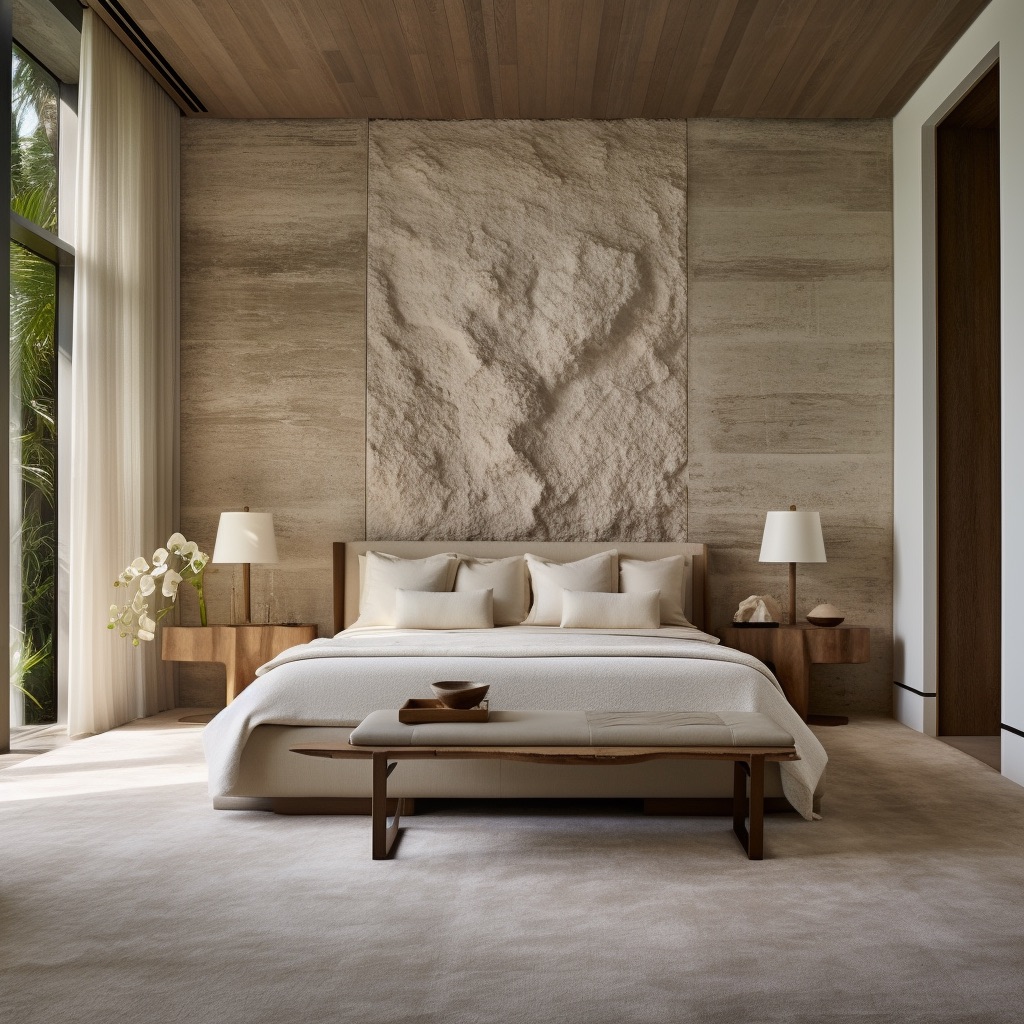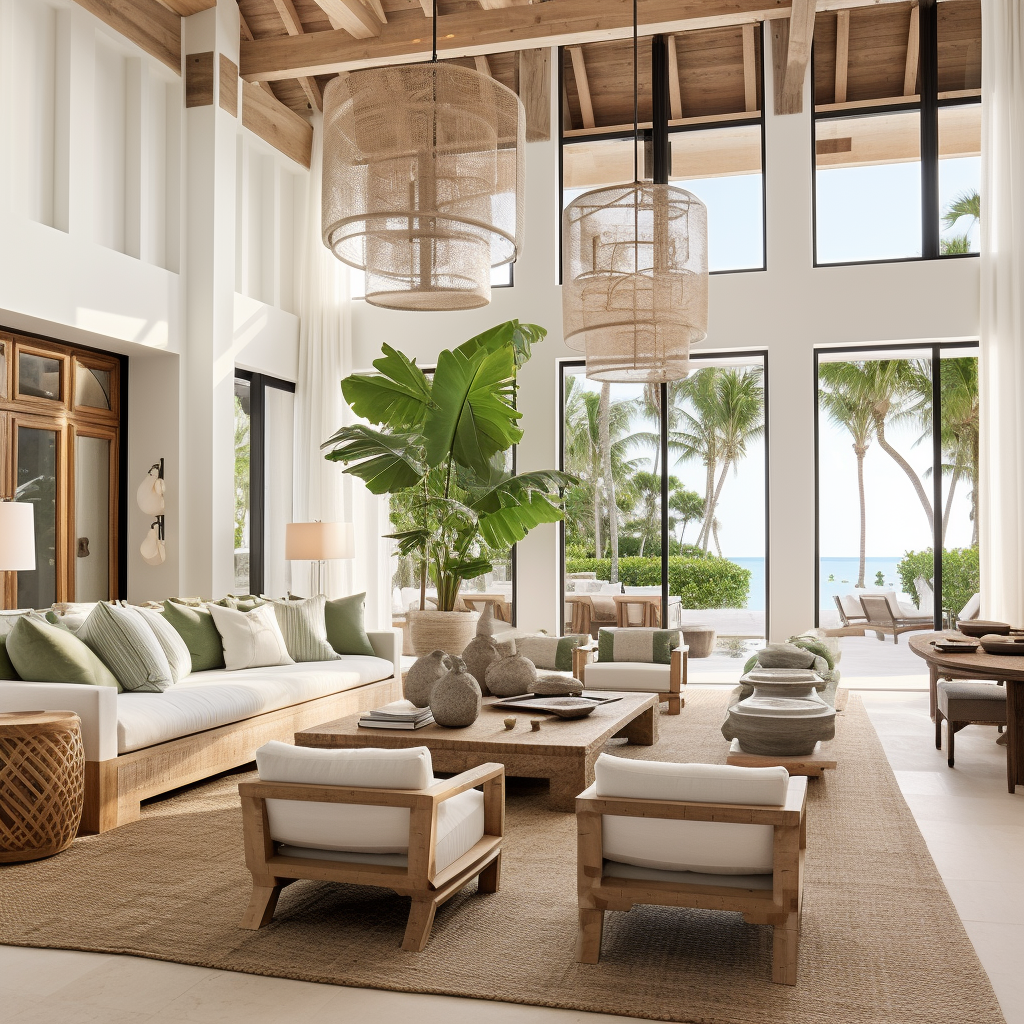
Guest Blogger – April Raque, NBC-HWC Wellness Design Expert Wellness Design Group
As we approach Earth Day, it’s time to take a moment to, not only, reflect on our Mother Earth, but also on the beauty and the healing power of our natural environment.
While we spend a good amount of time talking about sustainable development and building initiatives, we tend to forget about how important nature is to how we live and work within the environments we design and create. The built environment can have a great impact on your physical, mental, emotional, and even spiritual health. So, it’s important that we also think about Environmental Wellness and how we can integrate nature into every aspect of the built environment. This ideology is the catalyst for the Wellness Design movement.
This is not just about having more live plants in your designs, wellness design is taking into consideration how you want the occupant to feel in the space, how you want them to function, how you can use the space to support healthy habits, all within an enriching environment.
How do we design for greater well-being and mindful living?
There are two basic principles that come in most handy when designing for wellness: The Golden Ratio and Biophilic Design.
The Golden Ratio has been passed down for centuries by mathematicians, scientists, artisans, architects, craftsmen, musicians, and health practitioners. To put it simply, it is a mathematical ratio of approximately 1.618. A perfect proportion found throughout nature – Think spirals like you see in shells and patterns like you see in snowflakes. It’s renowned for its aesthetic appeal and is believed to create the most visually pleasing and harmonious designs directly impacting our experience of a space. However, the golden ratio is also found in the proportion of the human body and face, as well as internally like with the cardiovascular system. Our brains love the balance and calm that comes from the visual experience of the golden ratio’s balanced proportions. There is joy in making sense out of equal parts and it encourages us to seek out more harmony in other areas of our lives.
Biophilic Design adds to this experience by exploring the innate human connection to nature. The purpose of this design concept to increase occupant connectivity to the natural environment and elevate a sense of tranquility and well-being. As part of the process, every space should also provide sensory stimulation. All senses need to be stimulated by and connected to an authentic experience with nature, even in the built environment. You can achieve this by integrating natural materials, natural textures, natural colors, live plants, and natural light within interior spaces. This approach enhances the aesthetic and functional appeal of the overall design, but also promotes a healthier and more sustainable lifestyle for the occupants.
No matter whether you’re designing a residential or commercial space for well-being, there are a myriad of additional principles, design theories, and health knowledge to engage. A thorough understanding of each interdependent dimension of wellness will also come in handy. However, nature is the key element in the entire wellness design experience.
 Why does nature play such a recurring role in wellness design?
Why does nature play such a recurring role in wellness design?
Nature literally keeps us alive, from the food we eat and the air we breathe, to the water we drink and the organic materials we use for clothing and shelter. We live in tandem with nature and being closely connected to it allows are entire being to heal and thrive. In a space designed with nature and wellness in mind, occupants will see improvement in cognitive function, physical health, and physiology. This includes, but is not limited to, a reduction in anxiety, boosted immune system, increased mood, better sleep, balanced hormones, lowered blood pressure, steadied nervous system, and alleviated stress.
What’s not to love about all this?
In a world where the pace is relentless, it’s imperative we design spaces that provide holistic harmony for an occupants personal well-being and improved quality of life. There’s a natural awakening occurring throughout the architecture, engineering and design industries. Beyond sustainable development and using environmentally focused building practices, we should consider integrating natural elements into all spaces we design. As we embrace the spring equinox and celebrate our planet this Earth Day, let’s all take a moment to appreciate the opportunity we have for more mindful living through design.
 April Raque is a wellness design expert, speaker, author, co-host of the popular podcast THINGS MOM NEVER SAID: Secrets to Aging Well, and the owner of the Naples-based, Wellness Design Group, a wellness firm out to change the perception of what it means to live a healthy life. It is her mission to make the world a place where healthy and happy is the norm, not the exception, by transforming spaces for mindful living and women for greater well-being. You can connect with April via email at connect@wellnessdesigngroup.com
April Raque is a wellness design expert, speaker, author, co-host of the popular podcast THINGS MOM NEVER SAID: Secrets to Aging Well, and the owner of the Naples-based, Wellness Design Group, a wellness firm out to change the perception of what it means to live a healthy life. It is her mission to make the world a place where healthy and happy is the norm, not the exception, by transforming spaces for mindful living and women for greater well-being. You can connect with April via email at connect@wellnessdesigngroup.com



